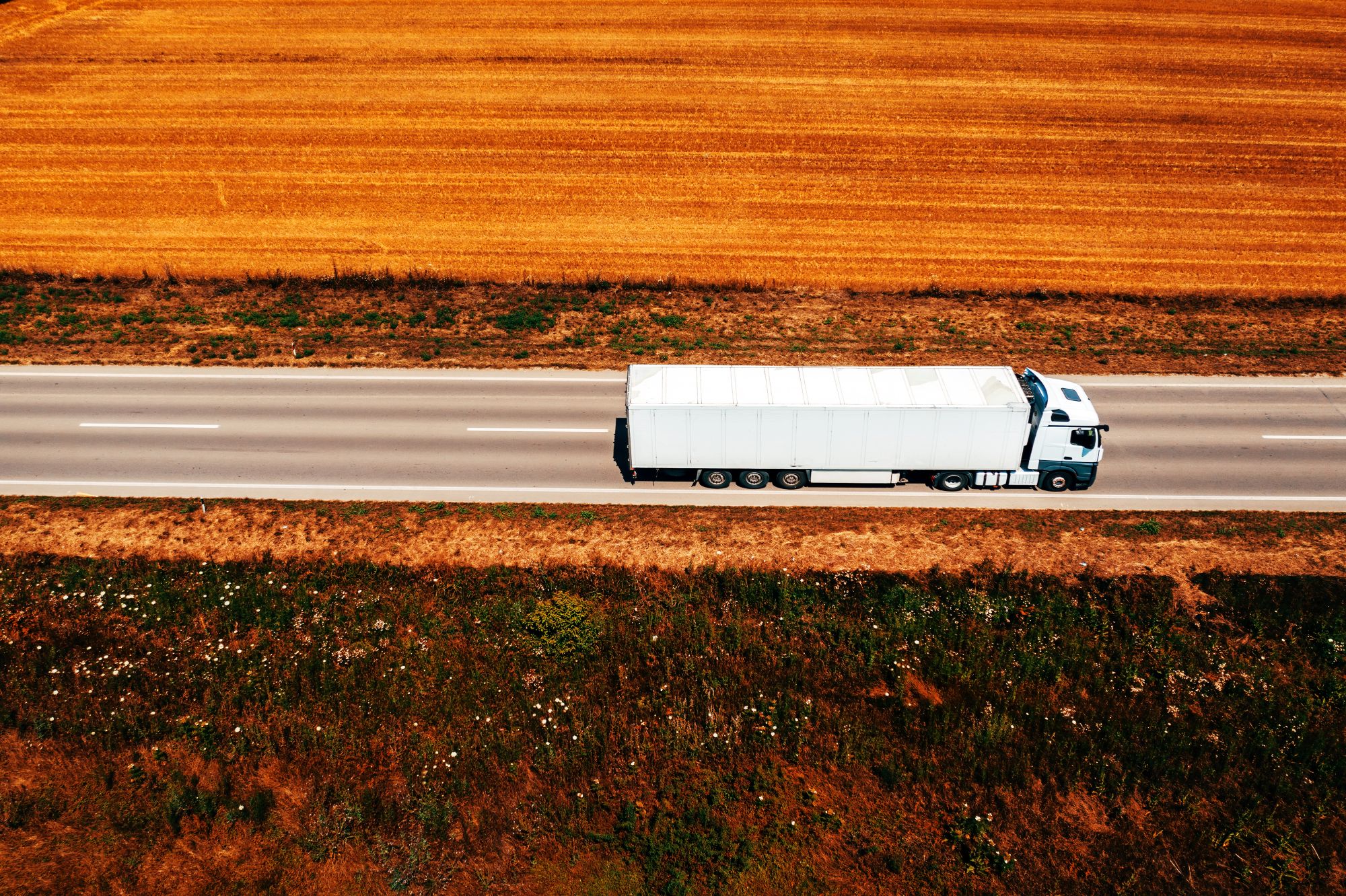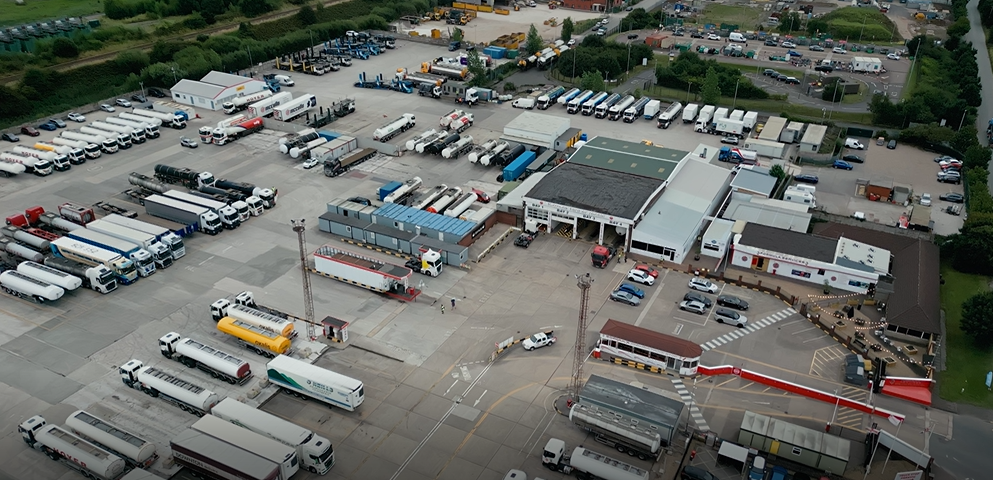
Susie Jones
Por dentro da Formula Premier Truckstop: Explorando o seu sucesso e a sua relação com o SNAP
Criado: 07/08/2025
•
Atualizado: 07/08/2025
Situada em Ellesmere Port, a dois passos da M53, encontra-se a [Formula Premier Truckstop] (https://www.formulaservices.co.uk/). Eleita a Paragem de Camiões do Ano 2023 do Reino Unido, o local tornou-se um dos favoritos da comunidade de camionistas. Em homenagem à sua ligação com a Fórmula 1 (em tempos, o local forneceu combustível a carros de corrida de todo o mundo), a paragem de camiões está revestida do icónico vermelho, com muitas recordações desportivas para manter os visitantes ocupados durante horas.
No momento em que celebram o seu 10º aniversário, sentamo-nos com o Diretor de Operações Ash Evans para falar de tudo, desde as novas instalações e objectivos de sustentabilidade ao bem-estar dos condutores e à sua relação com a SNAP.
Há 10 anos que funcionamos como uma paragem de camiões. Estamos abertos a todos os condutores de camiões, grandes ou pequenos, rígidos e árcticos. Temos uma estação de serviço que está aberta desde que se tenha um cartão de combustível ", explica Ash.
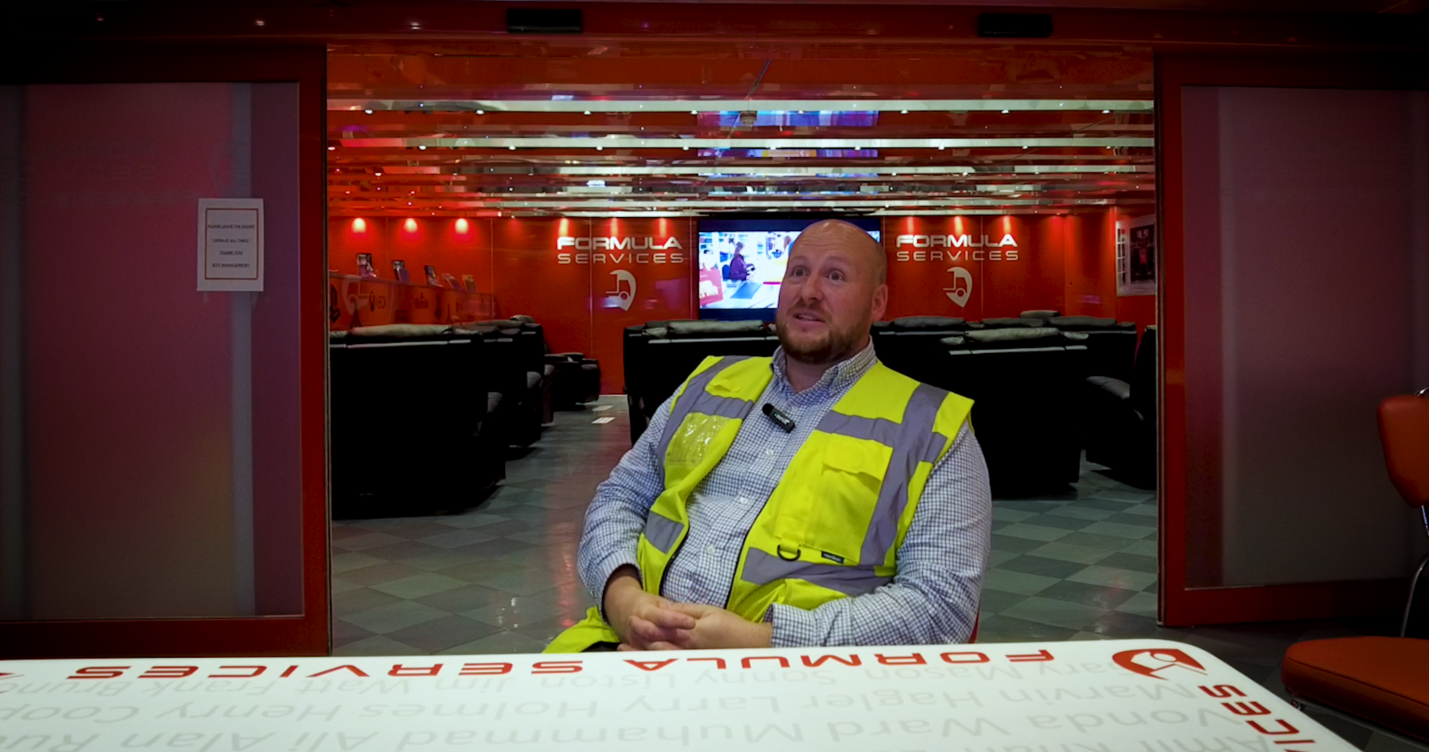
Instalações
O local dispõe de uma série de instalações fantásticas para proporcionar aos condutores de camiões uma casa longe de casa.
Temos cerca de 150 lugares, um restaurante no local, um ginásio e casas de banho exclusivas para homens e mulheres. Tentamos incluir o máximo possível no preço do estacionamento ", afirma Ash.
Ao fazermos uma visita guiada ao local, passamos por uma sala de jogos dedicada, equipada com uma mesa de bilhar e uma mesa de ténis de mesa, uma área de estar completa com cadeiras de massagem e uma infinidade de consolas de jogos para ajudar a relaxar um condutor após um longo turno. No lado mais prático, o local oferece instalações de lavagem, um ginásio e uma área de cozinha para fazer refeições caseiras. Para aqueles que não gostam de cozinhar depois de um dia ao volante, podem utilizar o restaurante no local - que agora oferece vales de refeição SNAP.
Estão sempre à procura de formas de melhorar o local. As instalações de que dispõem tornam o local agradável para os condutores. Torna a viagem de um condutor muito mais segura e fácil quando sabe que tem este tipo de instalações no fim da viagem. "
- Stuart Willetts, Diretor de Desenvolvimento Comercial do Reino Unido na SNAP.
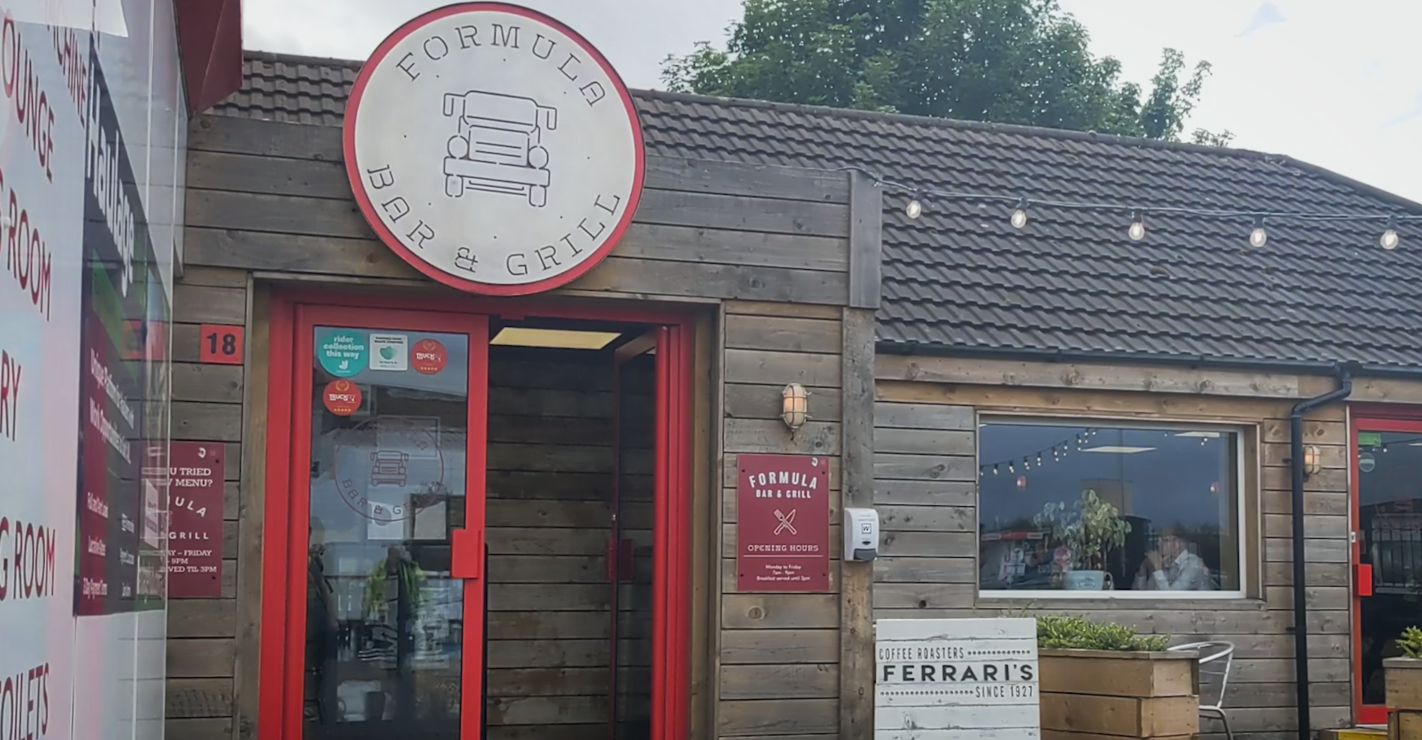
Recentemente, o local renovou as suas instalações femininas, com casas de banho topo de gama, tipo spa. Esta renovação incluiu uma casa de banho e um chuveiro neutros em termos de género - ambas as áreas estão fechadas à chave para garantir a segurança.
Tivemos um feedback muito bom sobre as novas instalações e um grande aumento de motoristas do sexo feminino no local, o que é bom de ver ", explica Ash.
Descubra as novas instalações da Formula através do nosso quickfire Q&A com Ash.

Como é que a SNAP beneficiou a Formula
Ash e a equipa têm uma relação próxima com Stuart Willetts, um dos Gestores de Desenvolvimento de Negócios da SNAP no Reino Unido, que está sempre ao telefone para esclarecer quaisquer dúvidas.
"A relação que temos com a SNAP e que mantemos há vários anos reflecte realmente a qualidade do vosso trabalho ", afirma Ash.
Ash explica como a oferta de vales de refeição SNAP beneficiou não só os condutores, mas também o local:
*Nos últimos anos, uma das melhores coisas foi a introdução dos vales de refeição através do SNAP. O facto de não dispor desta oferta costumava ser um pouco negativo para os condutores. Receber uma refeição com o seu estacionamento e não ter de pagar as despesas é uma grande vantagem.
Isso tem sido muito bom em termos de satisfação do cliente e também de aumento de receitas. "
Bem-estar do condutor
O bem-estar dos motoristas tem sido um tema de discussão no sector há muito tempo. Com taxas de suicídio entre os condutores de camiões [20% mais elevadas] (https://www.matesinmind.org/what-we-do/sector-specific-support/transport-and-logistics) do que a média nacional, as paragens de camiões desempenham um papel vital na melhoria do bem-estar dos condutores. Algo que Ash acredita que não deve ser difícil de alcançar numa paragem de camiões:
Os condutores não querem muito. Querem um sítio bom e limpo para se lavarem, fazerem a barba, fazerem o que precisam de fazer e terem uma boa refeição. Não é um grande pedido para alguém, e não deveria ser um grande pedido para uma empresa fornecer-lhes isso. "
Este tem sido, sem dúvida, um ponto fulcral para a Fórmula, influenciando tudo, desde as suas instalações e melhorias contínuas até à segurança de quem estaciona.
*"Temos ANPR, 80 câmaras CCTV, uma vedação perimetral a toda a volta, uma barreira de ar e segurança 24 horas por dia", afirma Ash.
A indústria tem um longo caminho a percorrer, e a Formula Truck Stop está a colocar a fasquia alta. Perguntámos a Ash o que poderia a indústria fazer para ajudar no bem-estar dos condutores:
A melhor coisa que podem fazer é criar mais paragens de camiões que satisfaçam os desejos e as necessidades do condutor moderno, com boas instalações. Todos nós precisamos de continuar a insistir para que isso aconteça. "
Algo que Stuart sabe muito bem que tem de acontecer, uma vez que o seu papel na SNAP lhe permite sentir empatia com os desafios diários que os camionistas enfrentam:
Uma das vantagens da minha função é o facto de estarmos sempre na estrada. Assim, temos uma ideia do que é para os condutores estarem sempre a conduzir e terem necessidade de uma pausa ao fim do dia. Isso dá-nos um pouco de empatia e simpatia para com os condutores. Isso permite-nos ver os nossos Parceiros de Serviço com uma visão genuína daquilo com que os condutores têm de lidar. "
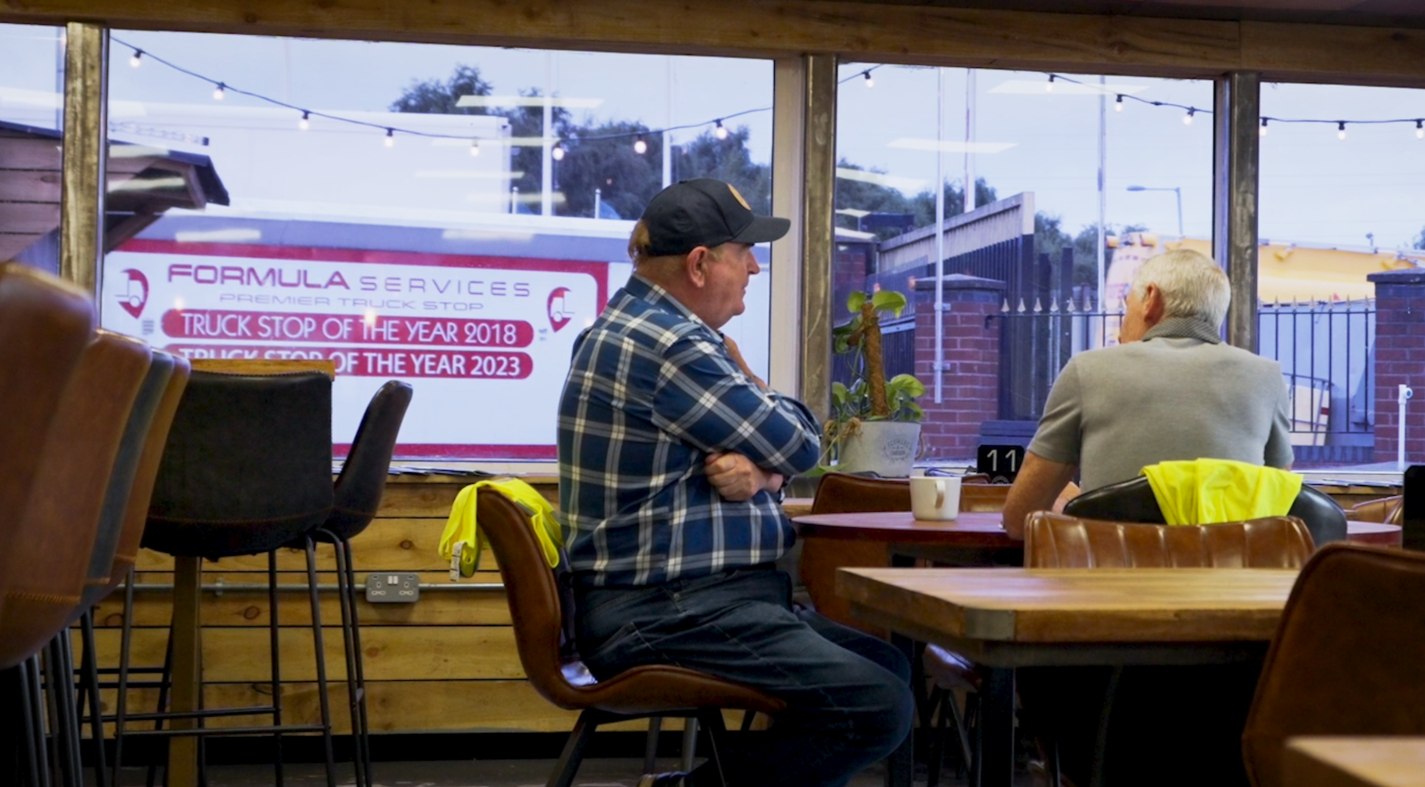
Crescimento futuro
A paragem de camiões percorreu um longo caminho desde o seu humilde início. Com a SNAP a ajudar a simplificar as operações, o local pôde concentrar-se na expansão e na prossecução dos seus objectivos de sustentabilidade. Com mais de 195.000 condutores de camiões na rede SNAP, o local teve de acrescentar uma área de estacionamento de excesso, dando-lhes mais 50 lugares, para satisfazer a procura crescente.
Ash explica que o site está agora a concentrar-se nos seus objectivos de sustentabilidade:
*Estamos atualmente a trabalhar em alguns projectos, um dos quais é um novo sistema de água quente e aquecimento que utilizará uma bomba de calor de fonte de ar e será realmente eficiente em termos energéticos.
*Também temos painéis solares a serem instalados este ano para ajudar na nossa redução de carbono.
Junte-se à crescente rede da SNAP
Inspirado pelo que acabou de ler? Comece hoje mesmo a sua história de sucesso com a SNAP.
Veja a entrevista completa com a [Formula Truckstop no nosso canal do YouTube] (https://www.youtube.com/watch?v=89ZdgNd1DDE&t=1s)



